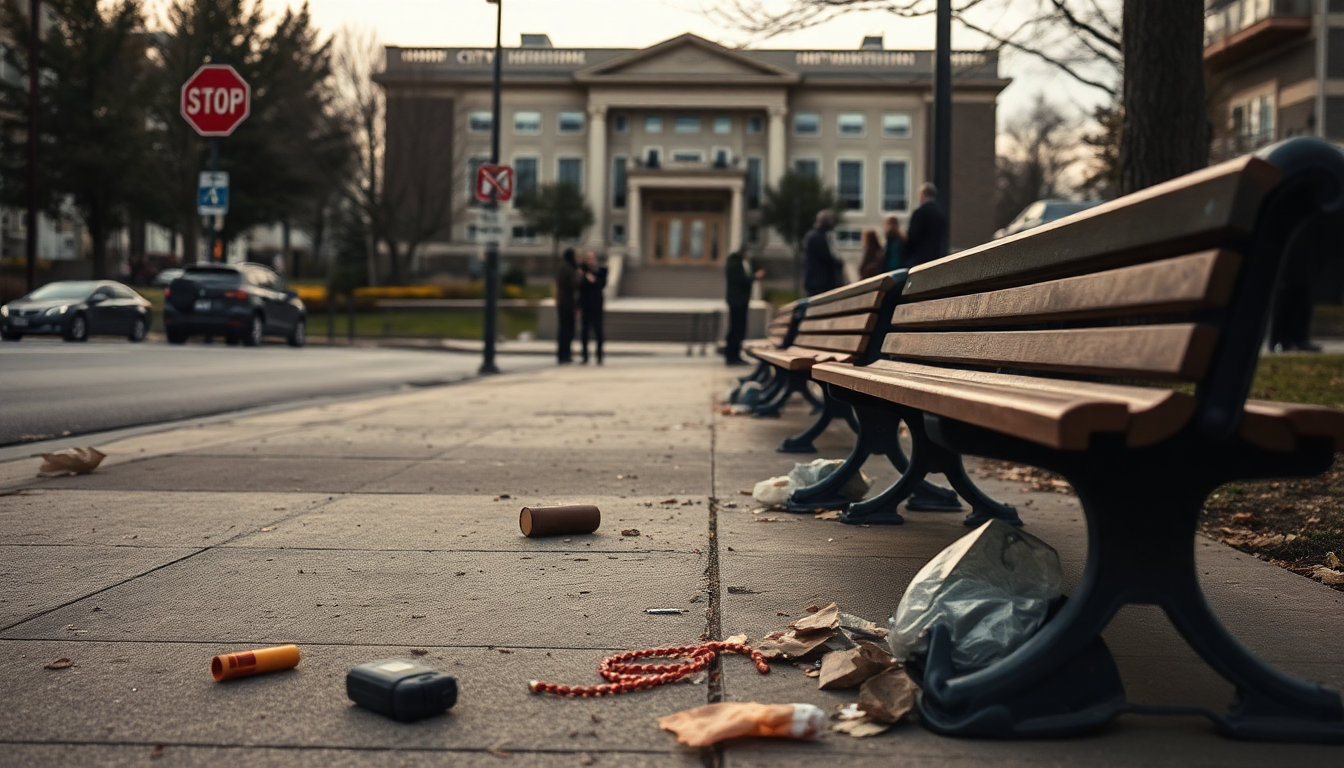Table of Contents
Recent discussions among the Nanaimo city council are bringing to light rising concerns about local disorder and its impact on the community. As the city navigates the complexities surrounding drug consumption sites, Councilor Ian Thorpe is pushing for a formal request to Island Health to shut down the supervised drug consumption site on Albert Street, right next to city hall. This motion reflects the council’s effort to address growing frustrations, as they try to balance public safety with compassionate responses to drug-related issues. But what does this mean for the residents of Nanaimo?
Context of the Motion
During a council meeting on July 21, Councilor Thorpe made it clear that he wants to send a strong message to the provincial government: the community has reached a breaking point concerning local disorder. This initiative follows a decision made on July 16, when council members voted against a proposal to construct a 1.8-meter-high fence aimed at protecting city hall employees from incidents of violence linked to the overdose prevention site. The rejection of this $412,000 fence illustrates the council’s careful approach to safety concerns, opting for solutions that don’t exacerbate community tensions.
Mayor Leonard Krog has previously voiced his doubts about the fence proposal, suggesting it might not effectively reduce the intimidation and harassment faced by city hall workers. Instead, he expressed concerns that this measure could send a negative message about how the city plans to manage disorder in the area. This perspective highlights the council’s commitment to finding solutions that enhance community well-being rather than merely erecting physical barriers.
Implications of the Proposed Closure
The potential closure of the overdose prevention site raises significant questions about the future of drug-related services in the region. Supporters of the site argue that it is a crucial resource for individuals battling addiction, providing them with a safe space to use drugs while accessing health services. On the flip side, opponents claim that the site has led to an increase in visible disorder and safety concerns for residents and local businesses. So, where do we go from here?
As the city council grapples with these complex issues, it is vital to consider the broader implications of their decisions. Closing the site could heighten health risks for individuals who use drugs, potentially pushing them into more dangerous environments. The council must carefully weigh immediate safety concerns against the long-term health outcomes for vulnerable populations. Are we, as a community, ready to take that risk?
Looking Ahead: Community Engagement and Solutions
As we move forward, it’s crucial for the Nanaimo city council to engage with community members, health professionals, and other stakeholders to develop a comprehensive approach to tackling the challenges posed by drug use and related disorder. Solutions should prioritize public safety while ensuring that individuals struggling with addiction receive the support and resources they need. How can we work together to create a safer environment for everyone?
As discussions progress, the council must remain transparent and open to dialogue with the community. The road ahead may involve exploring alternative harm reduction strategies, enhancing support services, and fostering collaboration across various sectors to create a holistic response to the ongoing crisis. After all, it’s about finding a balance that supports both safety and compassion. What innovative solutions can we come up with together?


